2012 Ford Explorer Brake Rotors and Pads
Click here to search another vehicle
All Rotors:
OEM x
Coated x
Drilled, Slotted and Coated x
Front x
Rear x
All Pads:
Ceramic x
Semi-metallic x
Front x
Rear x
Found 23 record
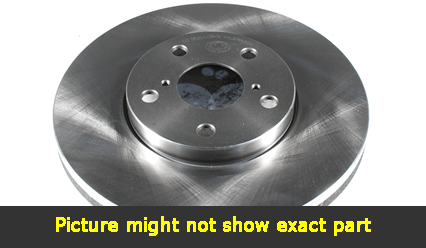
Part No: BR54171
Raybestos: 680758
OE:
Raybestos: 680758
OE:
$65.36 each
Per Car QTY: 2
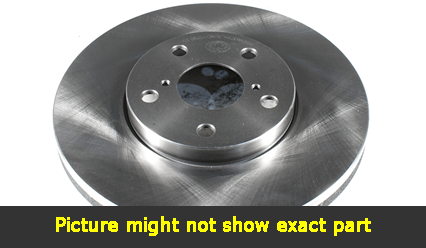
Part No: BR575108
Raybestos: 680982
OE:
Raybestos: 680982
OE:
$81.5 each
Per Car QTY: 2
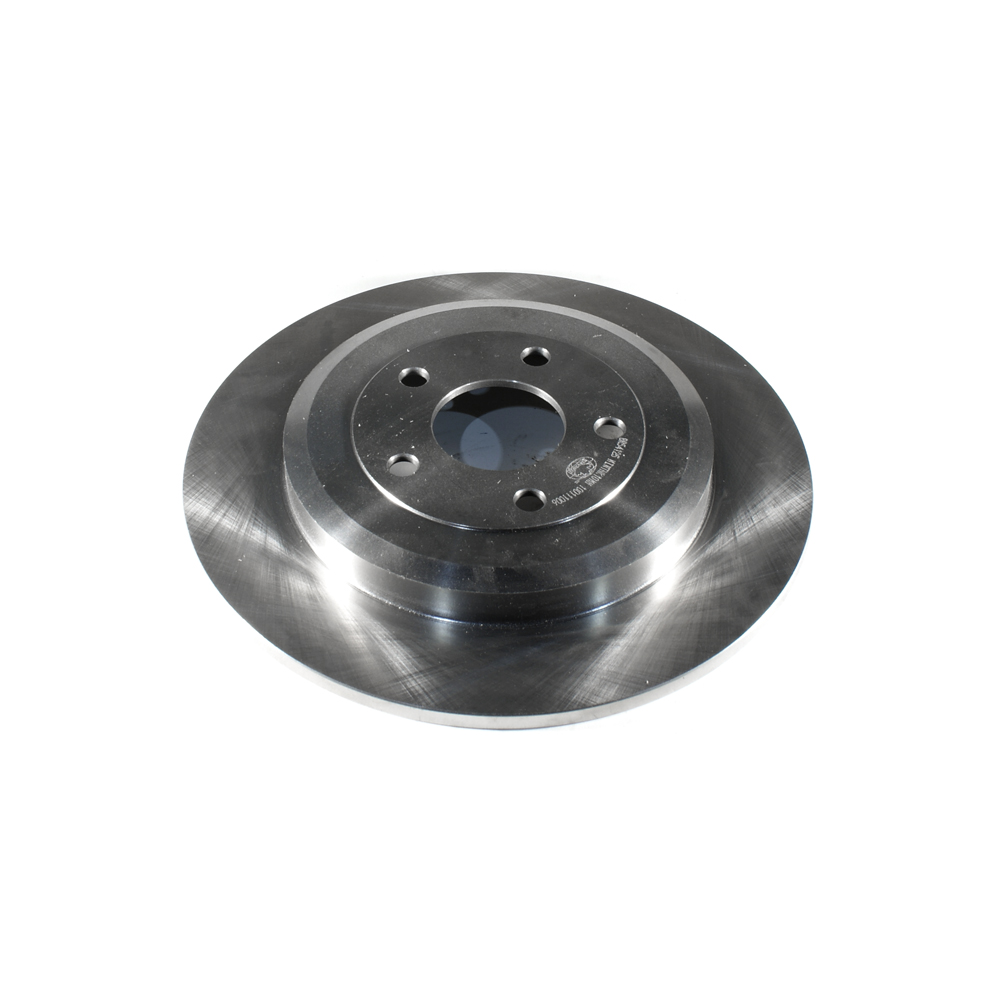
Part No: BR54125
Raybestos: 680281
OE: 5F9Z2C026BA
Raybestos: 680281
OE: 5F9Z2C026BA
$40.03 each
Per Car QTY: 2
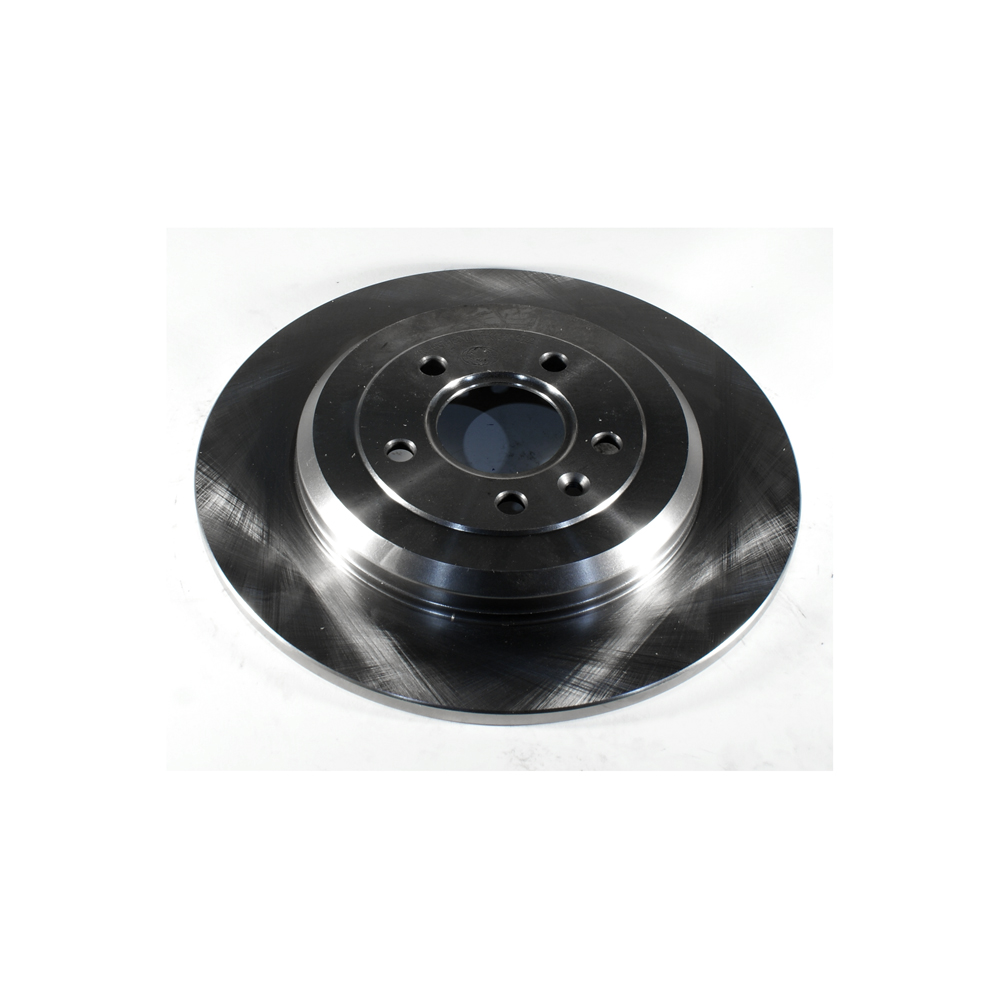
Part No: BR54165
Raybestos: 680686
OE:
Raybestos: 680686
OE:
$43.47 each
Per Car QTY: 2
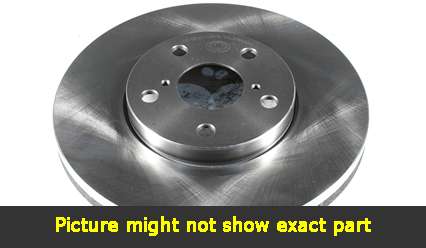
Part No: BR575109
Raybestos: 980983
OE:
Raybestos: 980983
OE:
$48.11 each
Per Car QTY: 2
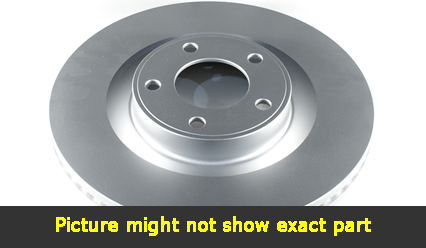
Part No: PP54171
Raybestos: 680758
OE:
Raybestos: 680758
OE:
$82.55 each
Per Car QTY: 2
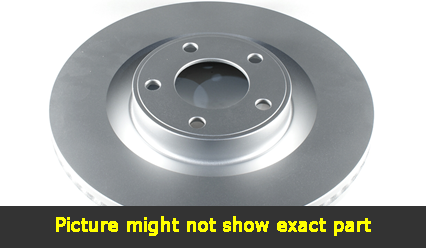
Part No: PP575108
Raybestos: 680982
OE:
Raybestos: 680982
OE:
$102.94 each
Per Car QTY: 2
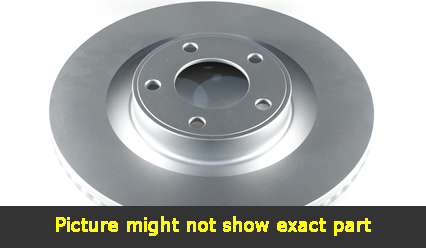
Part No: PP54125
Raybestos: 680281
OE: 5F9Z2C026BA
Raybestos: 680281
OE: 5F9Z2C026BA
$53.23 each
Per Car QTY: 2
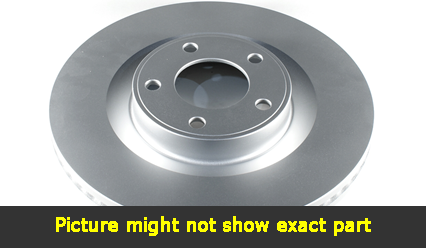
Part No: PP54165
Raybestos: 680686
OE:
Raybestos: 680686
OE:
$56.09 each
Per Car QTY: 2

Part No: PP575109
Raybestos: 980983
OE:
Raybestos: 980983
OE:
$60.79 each
Per Car QTY: 2
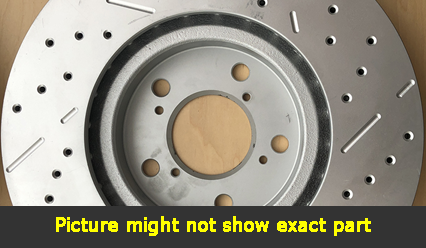
Part No: SP54171L
Raybestos: 680758
OE:
Raybestos: 680758
OE:
$119 each
Per Car QTY: 1
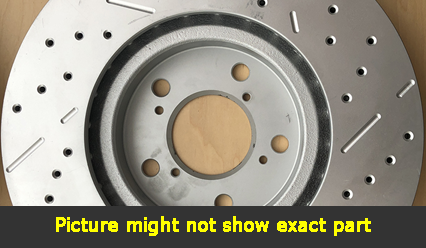
Part No: SP54171R
Raybestos: 680758
OE:
Raybestos: 680758
OE:
$119 each
Per Car QTY: 1
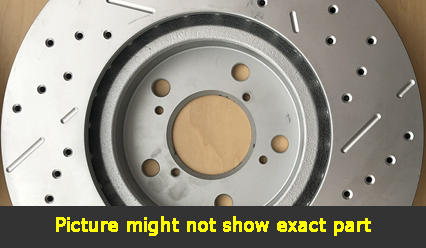
Part No: SP54125L
Raybestos: 680281
OE: 5F9Z2C026BA
Raybestos: 680281
OE: 5F9Z2C026BA
$85.63 each
Per Car QTY: 1
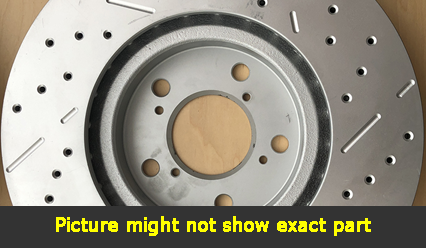
Part No: SP54125R
Raybestos: 680281
OE: 5F9Z2C026BA
Raybestos: 680281
OE: 5F9Z2C026BA
$85.63 each
Per Car QTY: 1
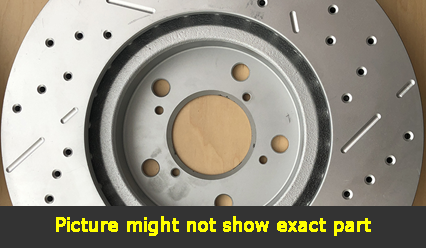
Part No: SP54165L
Raybestos: 680686
OE:
Raybestos: 680686
OE:
$88.49 each
Per Car QTY: 1
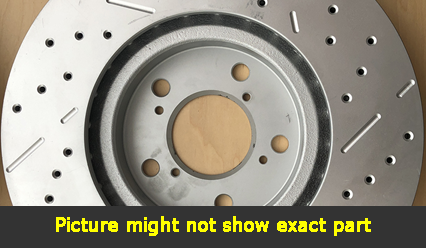
Part No: SP54165R
Raybestos: 680686
OE:
Raybestos: 680686
OE:
$88.49 each
Per Car QTY: 1

Ultra Plus Rotor
Position: FRONT LEFT
Fitment Notes: 352mm, Cross Drilled And Slotted, designed for Police
Position: FRONT LEFT
Fitment Notes: 352mm, Cross Drilled And Slotted, designed for Police
Part No: UP575108L
Raybestos: 680982L
OE:
Raybestos: 680982L
OE:
$118.53 each
Per Car QTY: 1

Ultra Plus Rotor
Position: FRONT RIGHT
Fitment Notes: 352mm, Cross Drilled And Slotted, designed for Police
Position: FRONT RIGHT
Fitment Notes: 352mm, Cross Drilled And Slotted, designed for Police
Part No: UP575108R
Raybestos: 680982R
OE:
Raybestos: 680982R
OE:
$118.53 each
Per Car QTY: 1

Ultra Plus Rotor
Position: REAR LEFT
Fitment Notes: 345mm, Cross Drilled And Slotted, designed for Police
Position: REAR LEFT
Fitment Notes: 345mm, Cross Drilled And Slotted, designed for Police
Part No: UP575109L
Raybestos: 980983L
OE:
Raybestos: 980983L
OE:
$81.49 each
Per Car QTY: 1

Ultra Plus Rotor
Position: REAR RIGHT
Fitment Notes: 345mm, Cross Drilled And Slotted, designed for Police
Position: REAR RIGHT
Fitment Notes: 345mm, Cross Drilled And Slotted, designed for Police
Part No: UP575109R
Raybestos: 980983R
OE:
Raybestos: 980983R
OE:
$81.49 each
Per Car QTY: 1
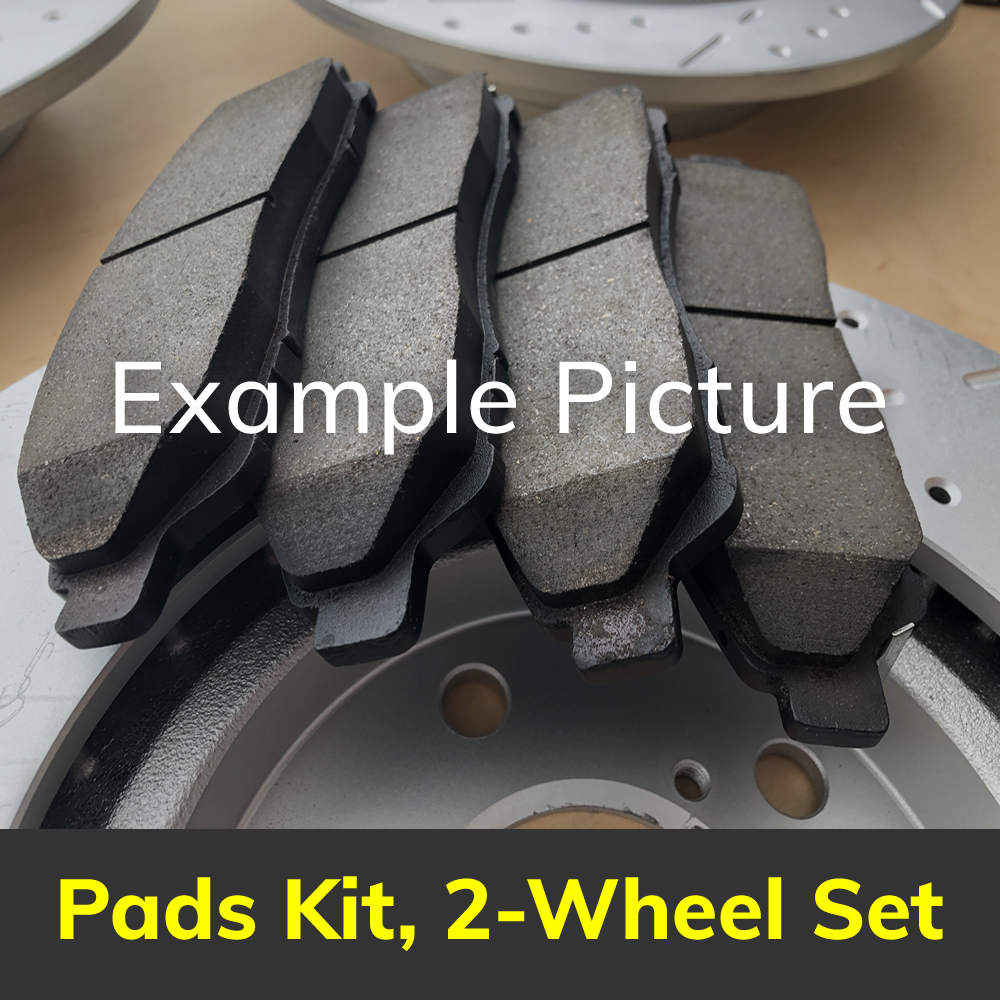
Part No: PD1508C
Raybestos: 1508
OE:
Raybestos: 1508
OE:
$42.08 each
Per Car QTY: 1
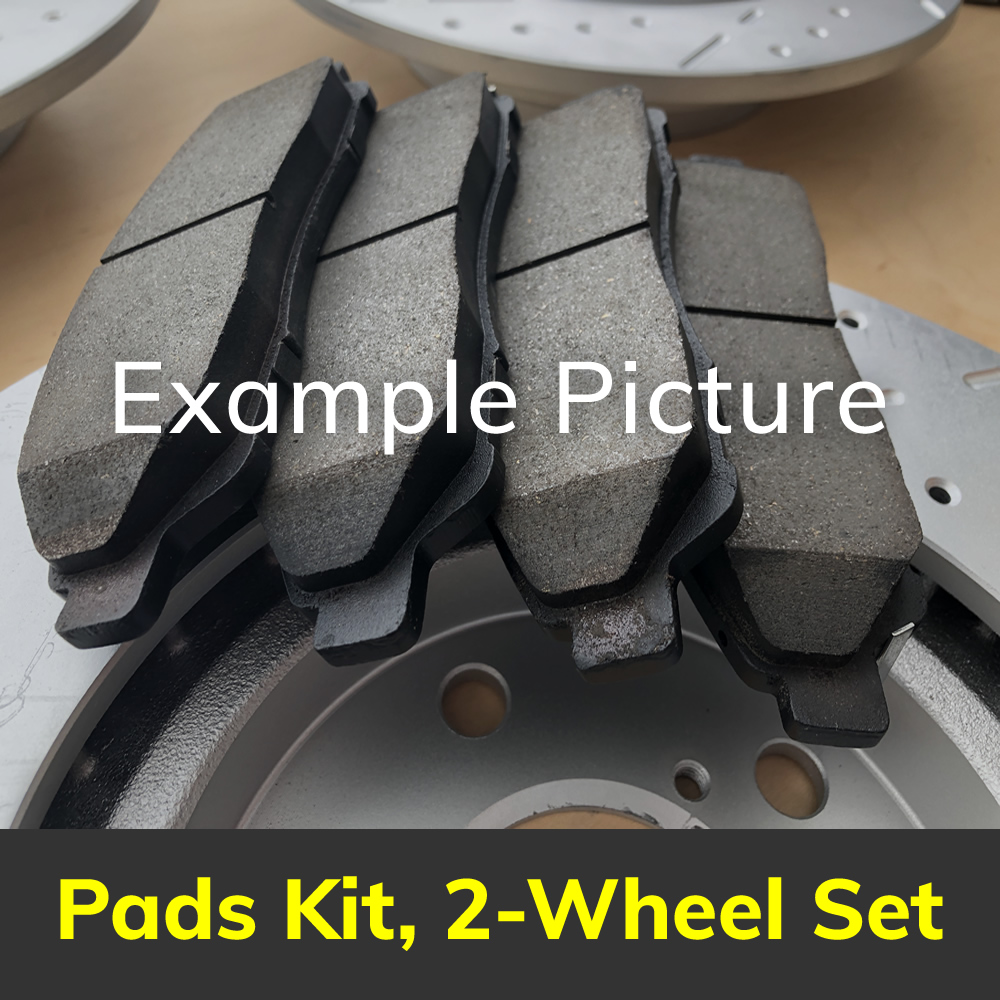
Part No: PD1377C
Raybestos: 1377
OE:
Raybestos: 1377
OE:
$35.68 each
Per Car QTY: 1
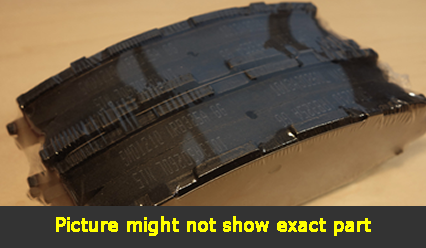
Part No: SMD1377
Raybestos:
OE:
Raybestos:
OE:
$24.91 each
Per Car QTY: 1
When it comes to your vehicle's brakes, safety should be the top priority. Having a reliable set of brakes is crucial for smooth and efficient functionality. If you are a proud owner of a 2012 Ford Explorer, it's essential to understand the rules for choosing the right brakes to ensure optimal performance and safety.
1. Consider the Brake Type:
Before diving into the factors surrounding brake selection, it is important to understand the different brake types available in the market. The two most common types are disc brakes and drum brakes. Disc brakes offer better stopping power and heat dissipation, making them more suitable for heavy-duty applications, while drum brakes tend to be cost-effective and require less maintenance.
2. OEM or Aftermarket Options:
OEM (Original Equipment Manufacturer) brakes are those made by the same company that produced the vehicle. These brakes are engineered specifically for your Ford Explorer and offer easy installation and compatibility. However, aftermarket brakes are also available and may provide additional features like improved performance or longevity. Depending on your preferences, you can choose between OEM or aftermarket brakes.
3. Consider Driving Conditions:
Your driving habits, as well as the road and weather conditions you typically encounter, play a significant role in determining the appropriate brakes for your vehicle. If you tend to drive in areas with steep inclines, hilly terrains, or adverse weather conditions, you may require brakes that offer better heat dissipation and reduced fade. Conversely, if you primarily drive in a city or suburban area with less frequent heavy braking, standard brake options may suffice.
4. Brake Pad / Shoe Material:
The material used in the brake pads or shoes also impacts your car's braking performance. Common options include organic, semi-metallic, metallic, and ceramic brake pads. Each material has its advantages and disadvantages. Organic pads are cost-effective, produce less noise, and cause less rotor wear, but they tend to wear out faster. Metallic pads offer superior stopping power and durability but can be noisy and wear down rotors more quickly. Ceramic pads provide quieter operation, generate less dust, and have good heat resistance, but they can be more expensive.
5. Compatibility and Fitment:
When choosing brakes for your 2012 Ford Explorer, it is crucial to ensure compatibility and proper fitment. Not all brakes are designed to fit every vehicle. Check the manufacturers' recommendations and cross-reference the compatibility of the brake components with your specific Ford Explorer model and year.
6. Reviews and Recommendations:
Before making a final decision, it is always a good idea to consult experienced mechanics, automotive enthusiasts, or online reviews. These resources can provide insights into the community's experiences with different brake options, helping you make an informed decision.
7. Maintenance and Warranty:
Lastly, consider the maintenance requirements and warranty offered with the brakes you choose. Some brake manufacturers provide longer warranties for their products, reflecting their faith in the durability and lifespan of their brakes. Check if the brakes require regular maintenance or specific lubricants to ensure they remain in good working condition.
Remember, choosing the right brakes for your 2012 Ford Explorer is not only essential for your safety but also for the longevity and overall performance of your vehicle. By considering the brake type, driving conditions, material, compatibility, and reviews, you can select brakes that meet your requirements and provide reliable and smooth braking every time you hit the road.
1. Consider the Brake Type:
Before diving into the factors surrounding brake selection, it is important to understand the different brake types available in the market. The two most common types are disc brakes and drum brakes. Disc brakes offer better stopping power and heat dissipation, making them more suitable for heavy-duty applications, while drum brakes tend to be cost-effective and require less maintenance.
2. OEM or Aftermarket Options:
OEM (Original Equipment Manufacturer) brakes are those made by the same company that produced the vehicle. These brakes are engineered specifically for your Ford Explorer and offer easy installation and compatibility. However, aftermarket brakes are also available and may provide additional features like improved performance or longevity. Depending on your preferences, you can choose between OEM or aftermarket brakes.
3. Consider Driving Conditions:
Your driving habits, as well as the road and weather conditions you typically encounter, play a significant role in determining the appropriate brakes for your vehicle. If you tend to drive in areas with steep inclines, hilly terrains, or adverse weather conditions, you may require brakes that offer better heat dissipation and reduced fade. Conversely, if you primarily drive in a city or suburban area with less frequent heavy braking, standard brake options may suffice.
4. Brake Pad / Shoe Material:
The material used in the brake pads or shoes also impacts your car's braking performance. Common options include organic, semi-metallic, metallic, and ceramic brake pads. Each material has its advantages and disadvantages. Organic pads are cost-effective, produce less noise, and cause less rotor wear, but they tend to wear out faster. Metallic pads offer superior stopping power and durability but can be noisy and wear down rotors more quickly. Ceramic pads provide quieter operation, generate less dust, and have good heat resistance, but they can be more expensive.
5. Compatibility and Fitment:
When choosing brakes for your 2012 Ford Explorer, it is crucial to ensure compatibility and proper fitment. Not all brakes are designed to fit every vehicle. Check the manufacturers' recommendations and cross-reference the compatibility of the brake components with your specific Ford Explorer model and year.
6. Reviews and Recommendations:
Before making a final decision, it is always a good idea to consult experienced mechanics, automotive enthusiasts, or online reviews. These resources can provide insights into the community's experiences with different brake options, helping you make an informed decision.
7. Maintenance and Warranty:
Lastly, consider the maintenance requirements and warranty offered with the brakes you choose. Some brake manufacturers provide longer warranties for their products, reflecting their faith in the durability and lifespan of their brakes. Check if the brakes require regular maintenance or specific lubricants to ensure they remain in good working condition.
Remember, choosing the right brakes for your 2012 Ford Explorer is not only essential for your safety but also for the longevity and overall performance of your vehicle. By considering the brake type, driving conditions, material, compatibility, and reviews, you can select brakes that meet your requirements and provide reliable and smooth braking every time you hit the road.


